Table of Contents
राजा राममोहन राय- यूपीएससी परीक्षा हेतु प्रासंगिकता
- जीएस पेपर 1: भारतीय इतिहास- आधुनिक भारतीय इतिहास- अठारहवीं शताब्दी के मध्य से लेकर वर्तमान तक की महत्वपूर्ण घटनाएं, व्यक्तित्व, मुद्दे।
राजा राममोहन राय
- राजा राममोहन राय, एक महान विद्वान एवं एक स्वतंत्र विचारक, 19वीं सदी के आधुनिक भारत के एक प्रमुख भारतीय समाज सुधारक थे।
- राजा राममोहन राय को समकालीन भारतीय समाज के सामाजिक-धार्मिक सुधारों में उनके योगदान के लिए ‘भारतीय पुनर्जागरण के जनक’ के रूप में भी जाना जाता है।
राजा राममोहन राय- प्रमुख बिंद
- जन्म: राजा राम मोहन राय का जन्म मई 1772 में बंगाल प्रेसीडेंसी के हुगली जिले के राधानगर में हुआ था।
- राजा राममोहन राय का जन्म एक रूढ़िवादी बंगाली हिंदू परिवार में हुआ था।
- शिक्षा:
- राजा राम मोहन राय ने पटना, बिहार में उच्च शिक्षा प्राप्त की जहां उन्होंने फारसी एवं अरबी का अध्ययन किया।
- विभिन्न भाषाएँ सीखना: राजा राममोहन राय ने हिंदी एवं अंग्रेजी के साथ-साथ बांग्ला, फारसी, अरबी एवं संस्कृत भी सीखी थी।
- धर्मों के बारे में सीखना: राजा राममोहन राय वाराणसी चले गए एवं वेदों, उपनिषदों और हिंदू दर्शन का गहराई से अध्ययन किया।
- राजा राममोहन राय ने ईसाई धर्म एवं इस्लाम के बारे में भी ज्ञान प्राप्त किया।
- ब्रिटिश सरकार से जुड़ाव: राजा राममोहन राय ने 1809 से 1814 तक ईस्ट इंडिया कंपनी के राजस्व विभाग में कार्य किया।
- राजा राममोहन राय ने वुडफोर्ड एवं डिग्बी के निजी दीवान के रूप में भी कार्य किया।
- शैक्षिक संस्थानों के साथ जुड़ाव: राजा राममोहन राय ने भारतीयों को पश्चिमी वैज्ञानिक शिक्षा में अंग्रेजी भाषा में शिक्षित करने हेतु अनेक शैक्षणिक संस्थानों की स्थापना में सहायता की। उदाहरण के लिए-
- हिंदू कॉलेज, (1817): राजा राममोहन राय ने 1817 में हिंदू कॉलेज की स्थापना के डेविड हेयर के प्रयासों में सहायता की।
- राजा राममोहन राय के अंग्रेजी स्कूल में यांत्रिकी एवं वॉल्टेयर का दर्शन पढ़ाया जाता था। 1822 में, राजा राममोहन राय ने अंग्रेजी शिक्षा पर आधारित एक विद्यालय की स्थापना की।
- वेदांत कॉलेज (1825): राजा राममोहन राय द्वारा स्थापित वेदांत कॉलेज ने भारतीय शिक्षा एवं पश्चिमी सामाजिक तथा भौतिक विज्ञान दोनों में पाठ्यक्रम प्रारंभ किए।
राजा राममोहन राय- साहित्यिक कार्य
- राजा राममोहन राय ने सोलह वर्ष की आयु में हिंदू मूर्ति पूजा की तर्कसंगत आलोचना की।
- राजा राममोहन राय ने वेदों एवं पांच उपनिषदों का बंगाली में अनुवाद किया।
- महत्वपूर्ण रचनाएं: राजा राममोहन राय ने तुहफत-उल-मुवाहिदीन (देवताओं को एक उपहार) (1803), एकेश्वरवादियों को उपहार (1809), कठोपनिषद (1816), मुण्डक उपनिषद (1917), यीशु के उपदेश (1820), इत्यादि की रचना की।
- महत्वपूर्ण पत्रिकाएं-
- बंगाली में संवाद कौमुदी (1821) : यह नियमित रूप से सती प्रथा की एक बर्बर कृत्य के रूप में एवं हिंदू धर्म के सिद्धांतों के विरुद्ध होने की निंदा करता था।
- ब्रह्मनिकल मैगजीन (1821)
- मिरात-उल-अखबर (फारसी भाषा की पत्रिका) 1822
राजा राम मोहन राय- सामाजिक-धार्मिक संगठनों का गठन
- राजा राममोहन राय को उस समय के समकालीन भारतीय समाज के सामाजिक-धार्मिक सुधारों को आगे बढ़ाने में महत्वपूर्ण भूमिका निभाने वाले सामाजिक-धार्मिक संगठनों की स्थापना का श्रेय प्रदान किया जाता है।
- राजा राममोहन राय द्वारा गठित महत्वपूर्ण संगठन हैं- आत्मीय सभा (1814), कलकत्ता यूनिटेरियन एसोसिएशन (1821), ब्रह्म सभा (1828) (बाद में 1830 में यह ब्रह्म समाज बन गया)।
- इन संगठनों के माध्यम से, राजा राममोहन राय ने समान विचारधारा वाले लोगों का समर्थन सुनिश्चित किया और अपने सुधार आंदोलन को धरातल पर लागू किया।
राजा राममोहन राय- रोचक तथ्य
- रवींद्र नाथ टैगोर ने राममोहन को ‘भारतीय इतिहास के आकाश में एक चमकदार सितारा’ के रूप में संदर्भित किया।
- राजा राममोहन राय को मुगल सम्राट अकबर द्वितीय द्वारा ‘राजा’ की उपाधि दी गई थी, जिनकी शिकायतों को उन्होंने ब्रिटिश राजा के सामने प्रस्तुत किया था।
- राजाराम मोहन राय ने मुगल सम्राट अकबर शाह द्वितीय के राजदूत के रूप में इंग्लैंड का दौरा किया, जहां सितंबर 1833 में ब्रिस्टल, इंग्लैंड में उनकी मृत्यु हो गई।

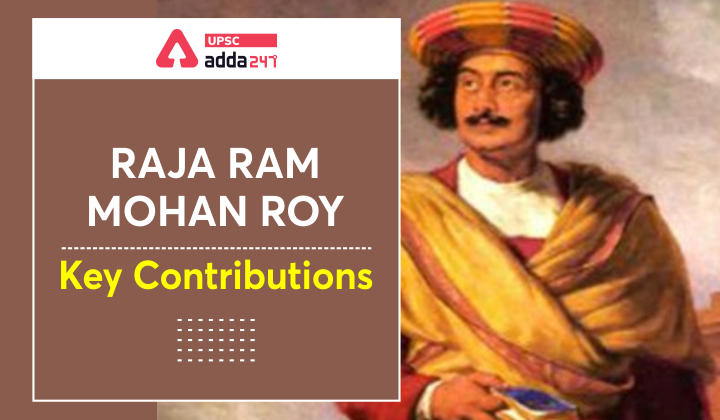

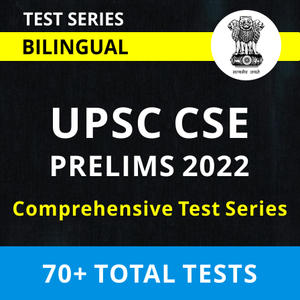

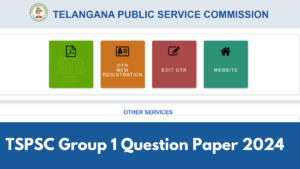 TSPSC Group 1 Question Paper 2024, Downl...
TSPSC Group 1 Question Paper 2024, Downl...
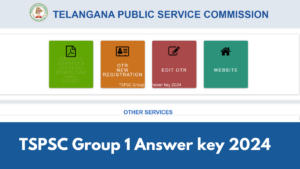 TSPSC Group 1 Answer key 2024 Out, Downl...
TSPSC Group 1 Answer key 2024 Out, Downl...
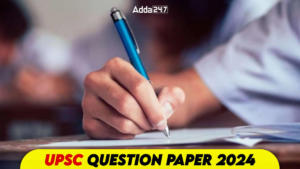 UPSC Prelims 2024 Question Paper, Downlo...
UPSC Prelims 2024 Question Paper, Downlo...
